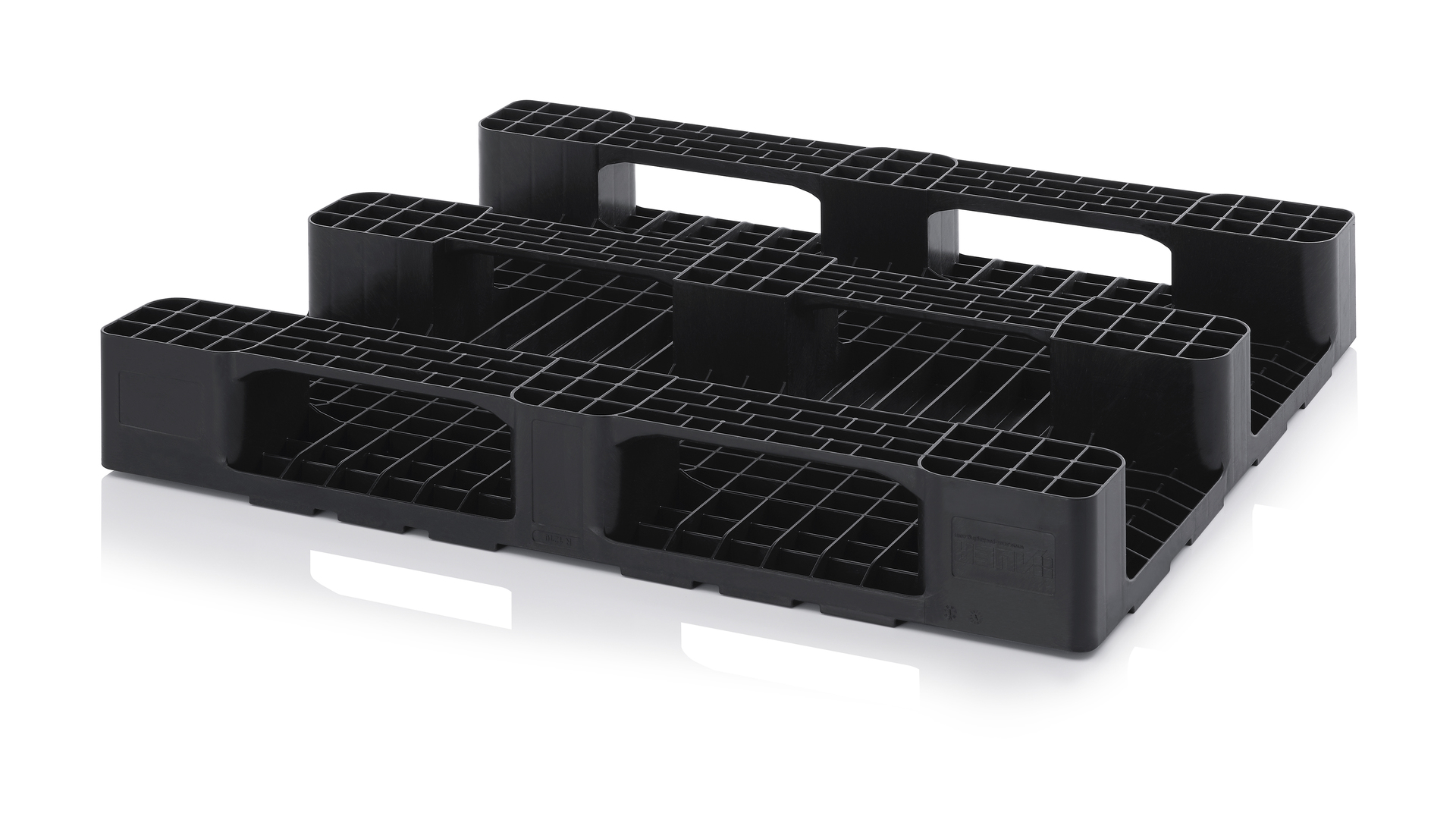Testing Plastic Pallets
11 Nov 2017
Plastic pallets are designed to conform to either the European or the International Standards Organisation (ISO) standards. These standards lay down how much a pallet should be able to carry, hygiene standards and durability criteria. A pallet designed in compliance with the standards should last for five years.
But how can a firm that is buying and using these pallets be sure that the pallets comply with the standards?
The answer is testing plastic pallets to ensure their quality. A customer should be able to get a certificate that confirms that the tests were carried out and says what the results were. Companies that make and transport food or pharmaceuticals must have evidence that plastic pallet quality is exactly as required for their supply chain.

Testing Pallet Loading
Developers have to ensure that the pallet is capable of lifting relevant loads. Pallets can have different load limits depending on what they’re carrying, as some loads provide internal support. The UK has a large number of different pallet designs with varying safe working loads.
At the early design stage, computer models of the pallet are tested and the results change the design. A scale model may then be used for testing, but it is often simpler to move to testing the actual final pallet product.
Testing the pallet involves two kinds of pallet loading test. First, the testers select specific circumstances and load types and note how the pallet performs. Second, they can test the pallet to destruction by loading it well beyond its safe load limits.
Hygiene Testing
Plastic pallet quality, in particular hygiene performance, is extremely important for companies that need to transport food or pharmaceuticals. However, it is important that all the surfaces on the pallet are sealed and smooth because mould, dust and bacteria all like to hide in surface irregularities.
Durability and Other Tests
A pallet can come into contact with chemicals such as weak acid or alkalis. High-quality polymers, whether new or recycled, can generally cope with these. However, testing also has to ensure that no pieces of the pallet will break off in use, causing a possible accident or injury.
A computer simulation is frequently used to model the stress that the pallet could experience during goods transport and ensure that it can withstand it. Then the pallet is tested under load to see how stiff and strong it is and how much compression and bending it can stand.
There’s a test called a “creep analysis” which assesses what happens to the pallet over a period of time when it is subject to a harsh environment with varying temperatures and pressures. For example, the pallet may be subject to a vacuum and may be carried at high altitude or at low pressure.
The drop test isn’t particularly high-tech: the pallet is literally held up at the height of a metre and dropped. Then there’s a careful examination of the corners and edges to see how they have stood up to the drop. After all, this can be typical treatment in some warehouses!
All of these plastic pallets tests can be documented and certificated so that the buyer is sure that they’re getting a pallet that is fit for purpose, robust and durable.
